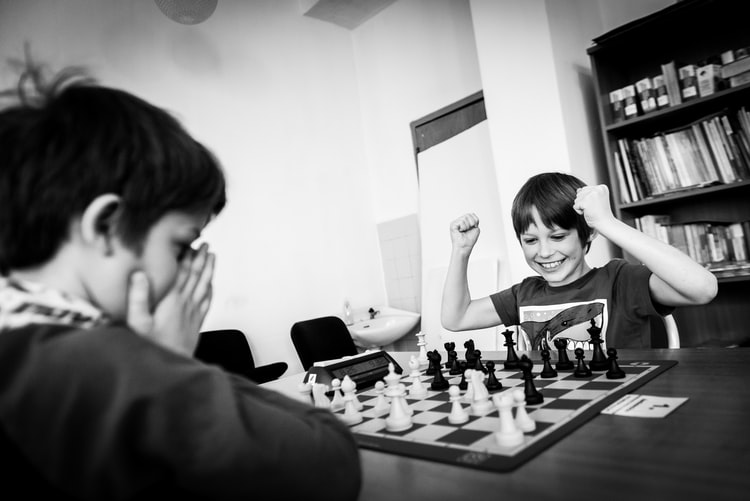Sometimes, a stalemate is a good thing. For example, if you are losing, you’d rather your opponent stalemate you than checkmate you! Or, if there is a chance you will win, but it will test your skills, and you are playing against someone better than you, you might opt to accept a draw rather than risk a potential loss.
However, if you are winning, the last thing you want is a stalemate! Why settle for a draw when you can get a complete win? To prevent a stalemate from happening, you need to think ahead before you perform each move, especially in endgames. More importantly, however, you need to study and develop your endgame strategy.
Endgame strategy is just as important as your opening strategy or mid-game strategy. If you play often enough, you will eventually end up in a situation where you have a king plus a queen, rook, two bishops, or some other pieces, while the other player has just a king or just a king and a pawn.
Can you win in that situation? Do you know how to corner the king and prevent the pawn from turning into a queen simultaneously? If you don’t know how to corner a king, you might cause a stalemate by mistake or settle for one out of frustration.




